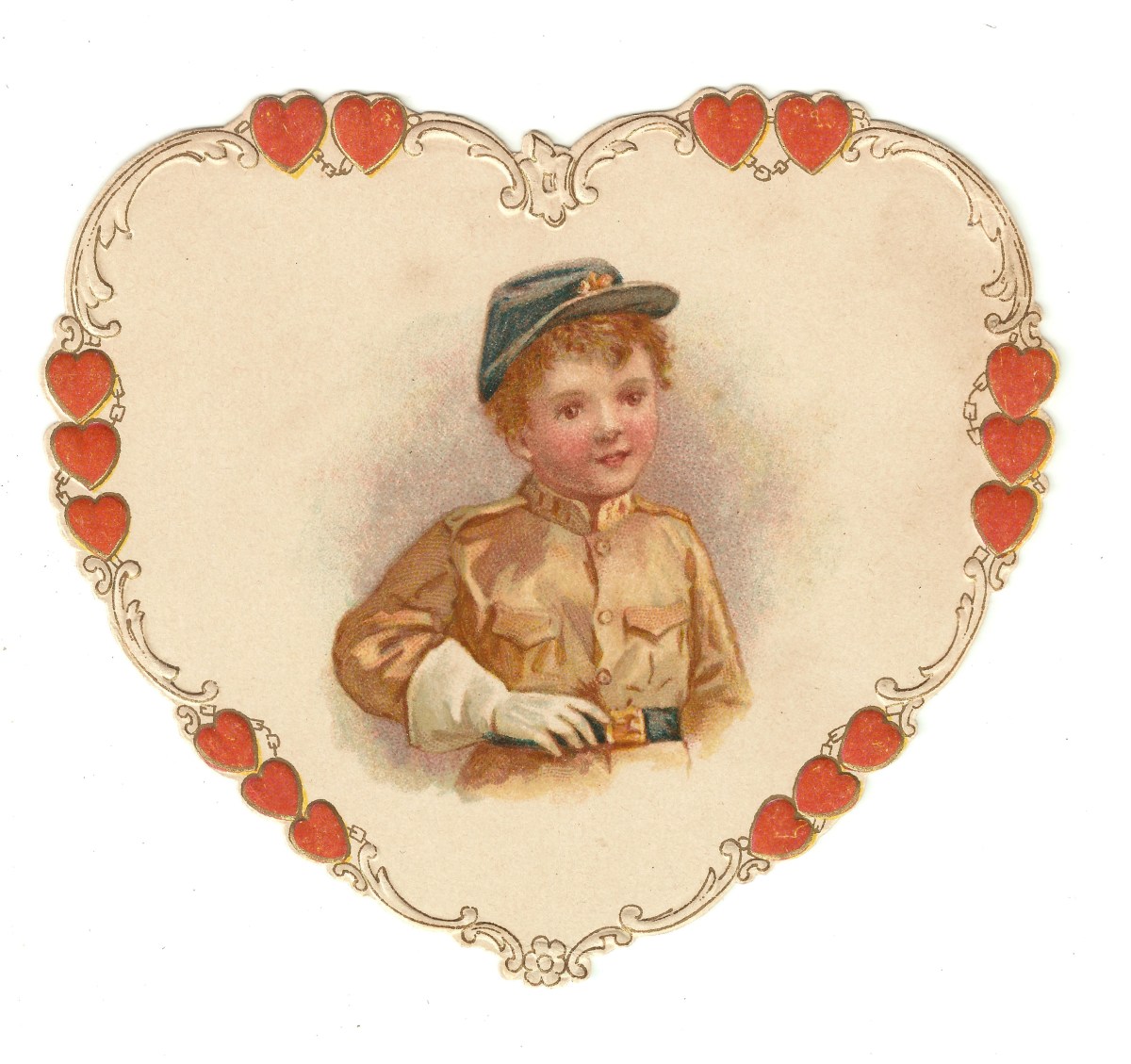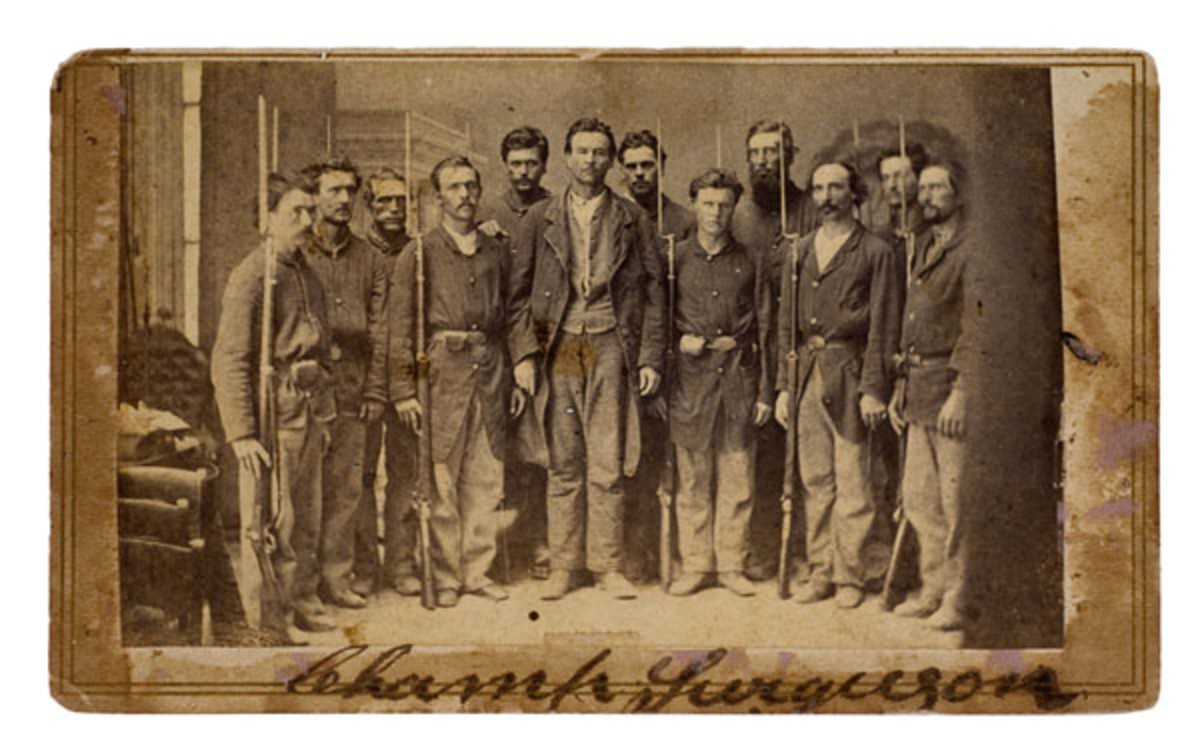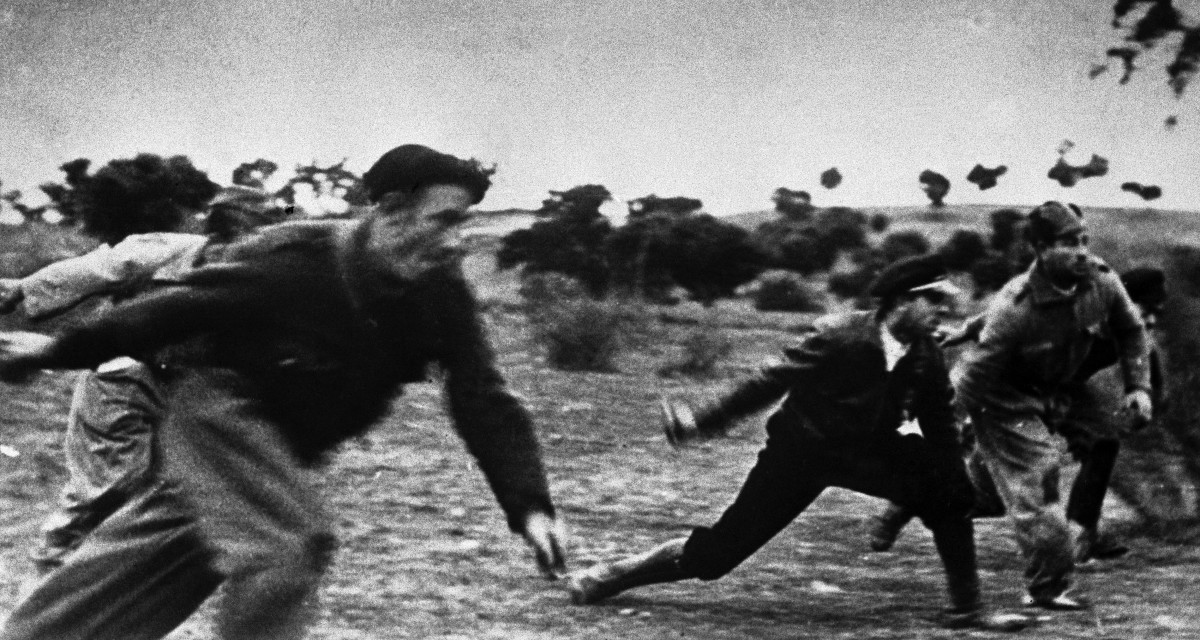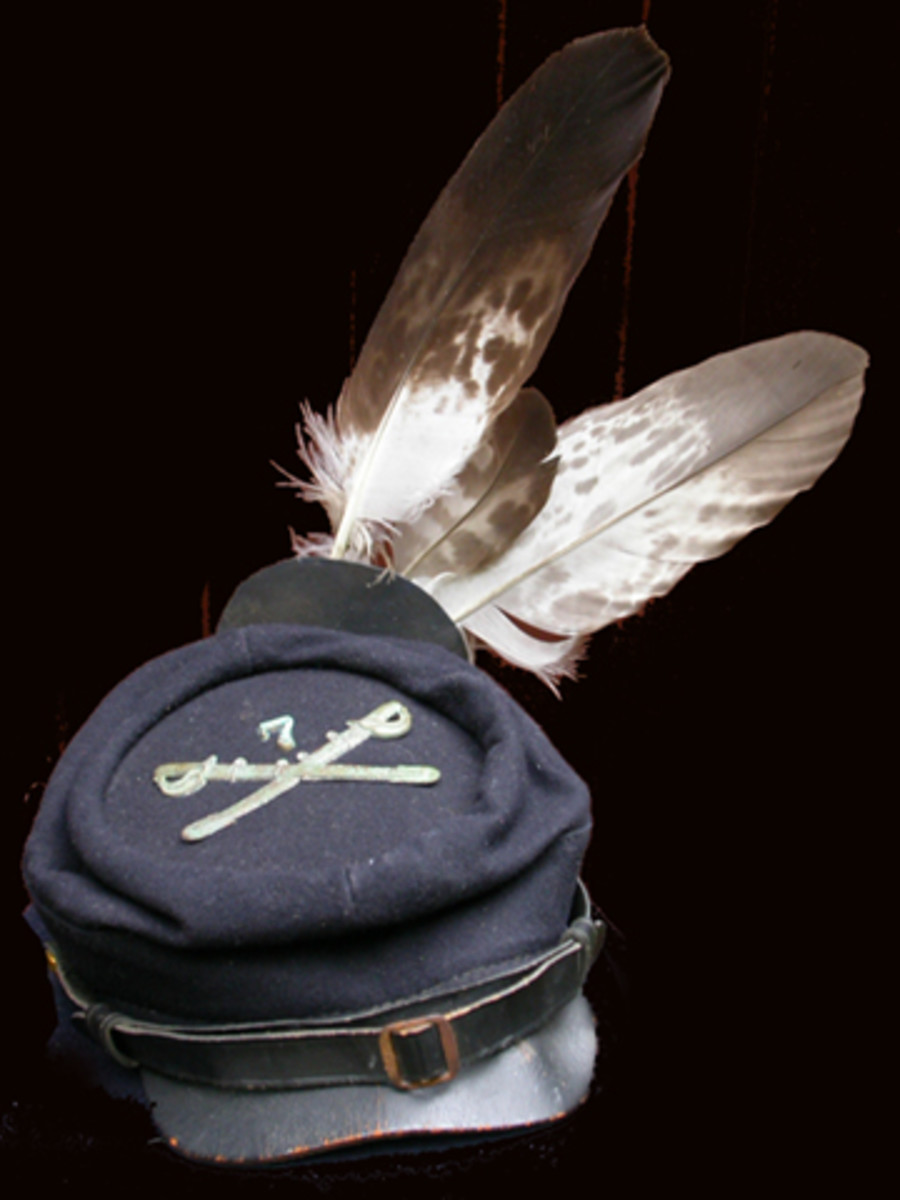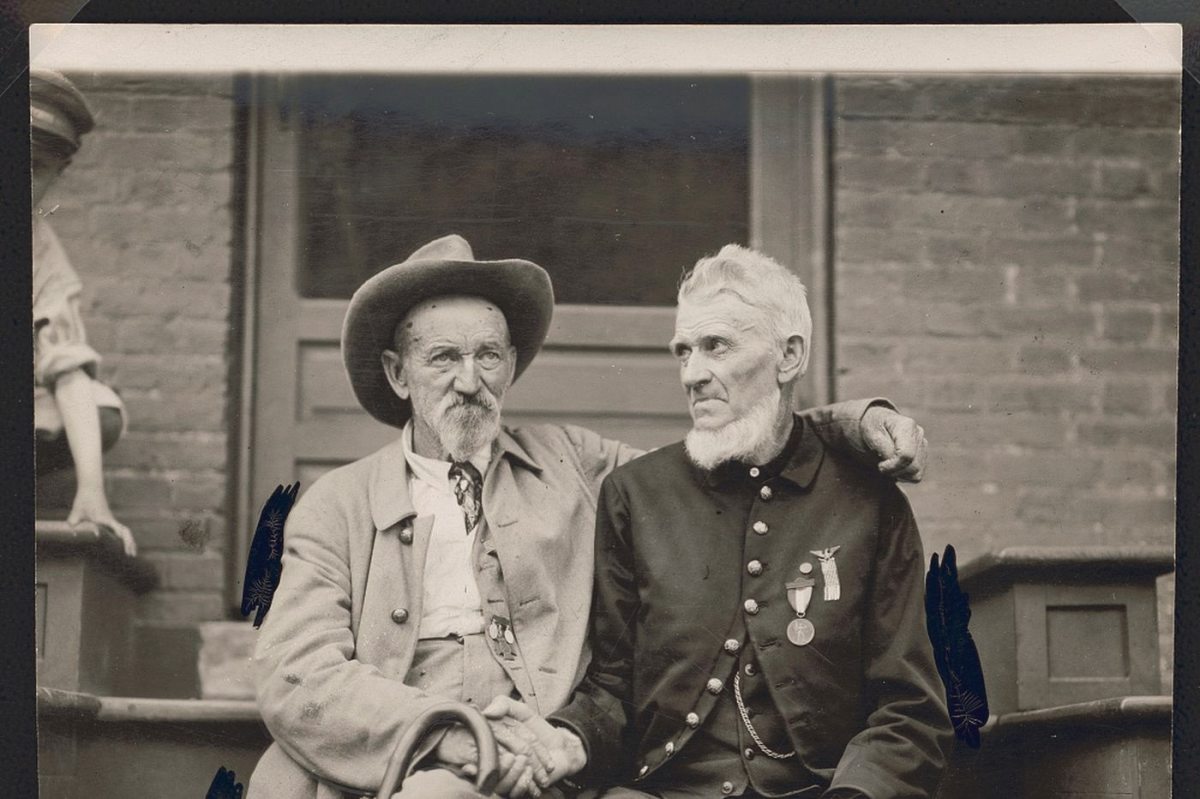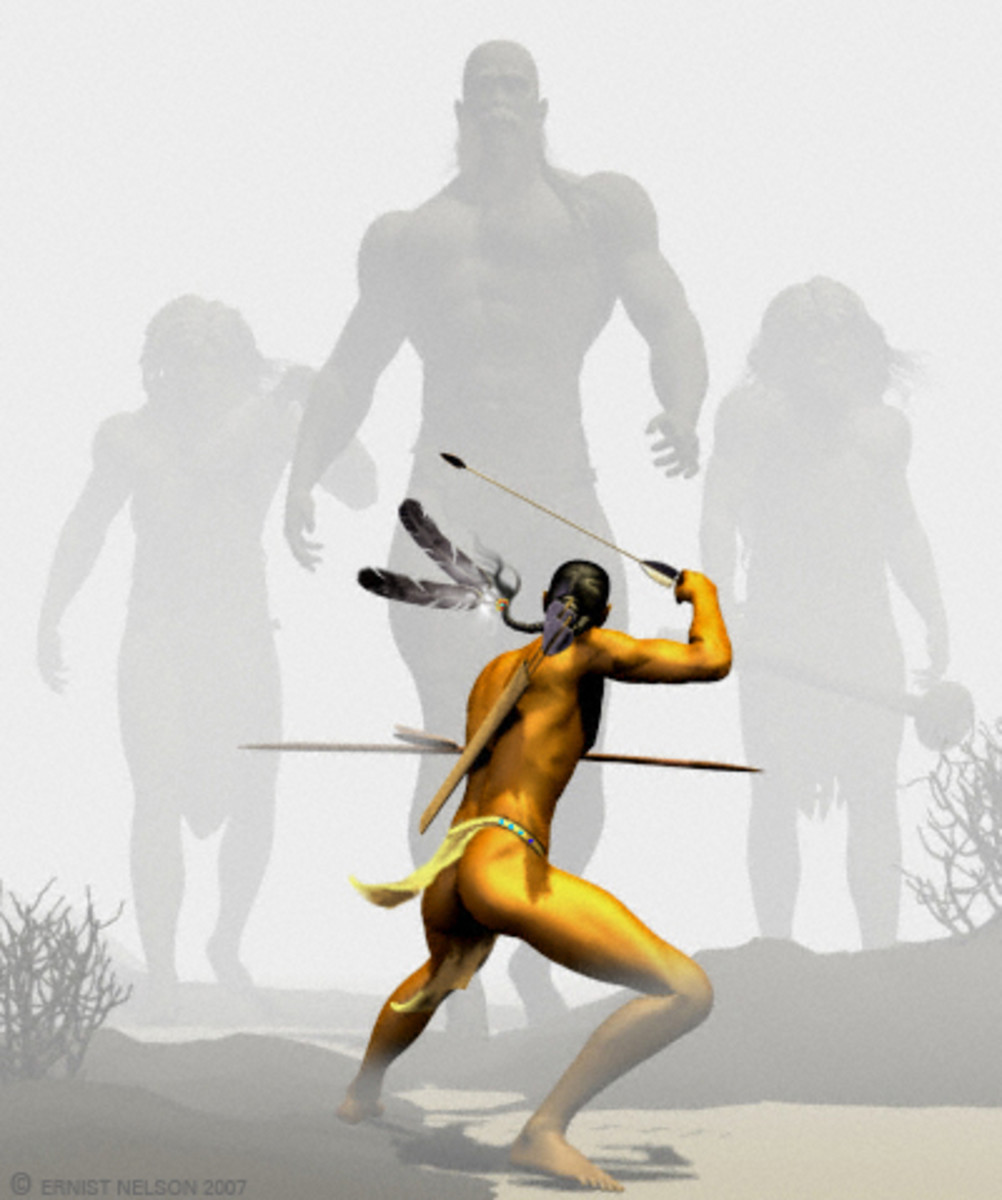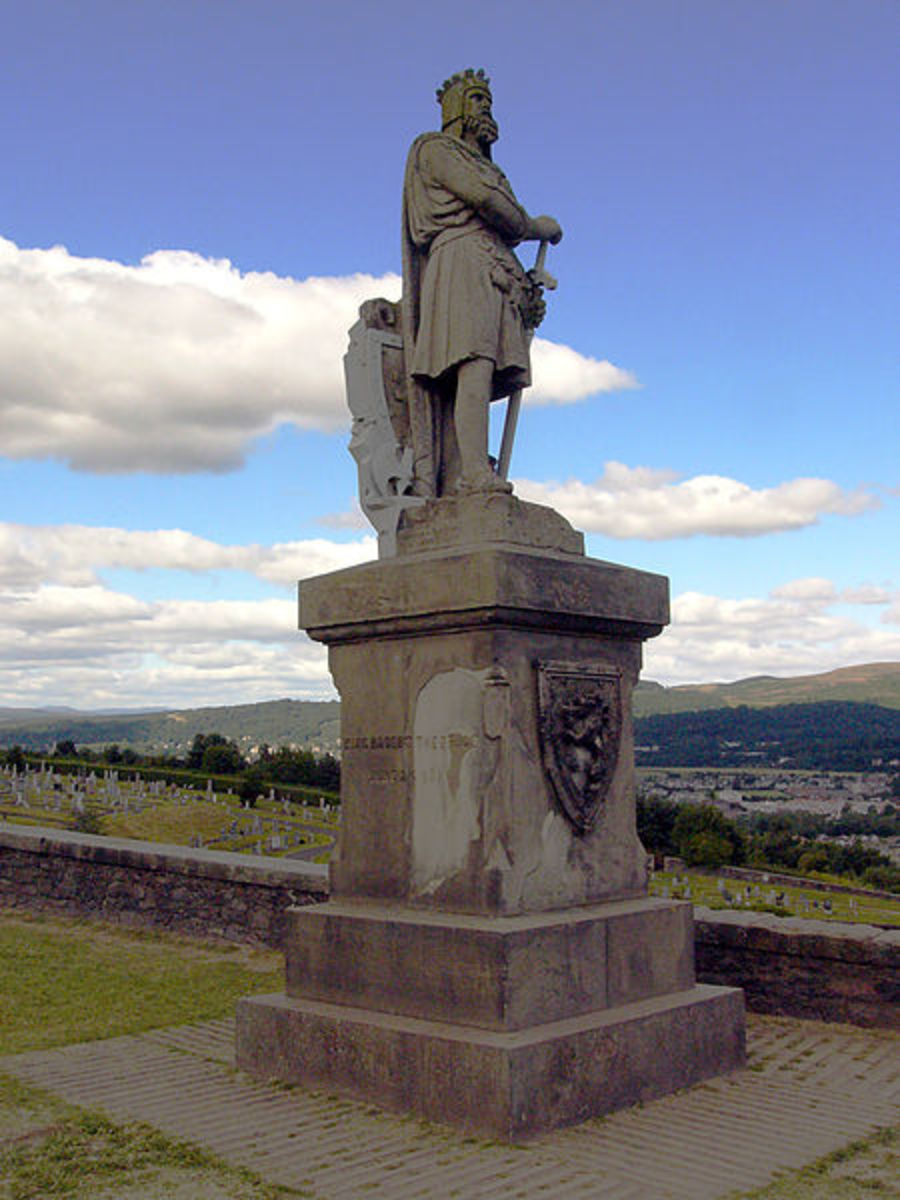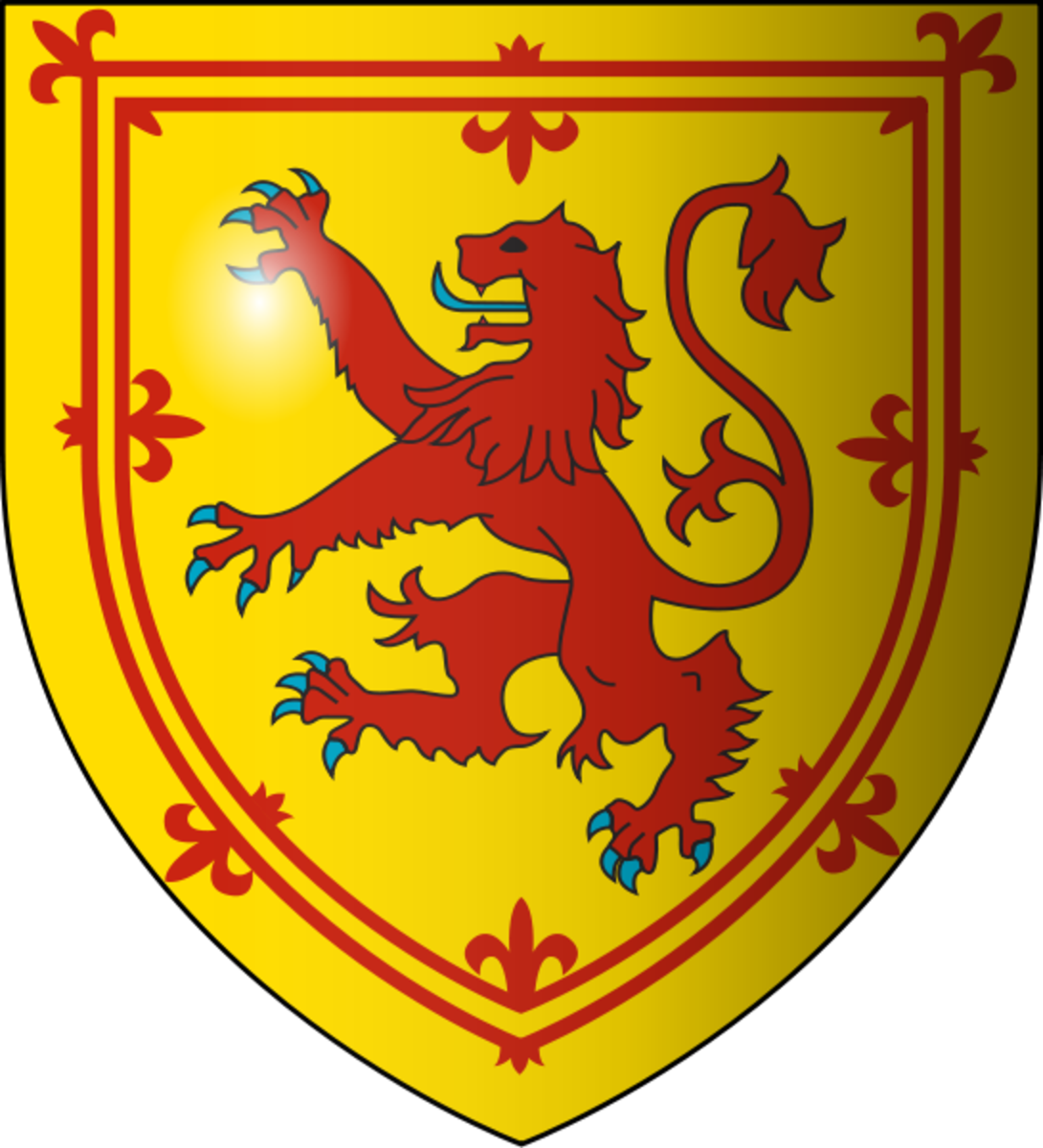CSS TENNESSEE | US Civil War Ironclad

CSS Tennessee
CSS Tennessee, a slow-moving ironclad ram, was built at Selma, Alabama, where she was commissioned on February 16, 1864, Lieutenant James D. Johnston, CSN, in command. CSS Baltic towed her to Mobile where she fitted out for action. Tennessee was laid down in October 1862, hull and other woodwork turned out by Henry D. Bassett, who launched her the following February, ready for towing to Mobile to be engined and armed. Her steam plant came from the steamer Alonzo Child; only casemate design differed materially from CSS Columbia and CSS Texas. Her iron mail was the same 2 by 10 in (50 by 250 mm) plate used on CSS Huntsville and CSS Tuscaloosa but triple instead of double thickness. A fearsome detail of her armament was a "hot water attachment to her boilers for repelling boarders, throwing one stream from forward of the casemate and one aft."
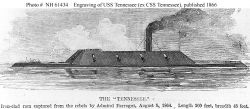
CSS Tennessee
Ironclad Ram
The vicissitudes implicit in creating such an ironclad are graphically conveyed by Admiral Franklin Buchanan, writing September 20, 1863 to Confederate Navy Secretary Stephen Mallory:
"The work on the Tennessee has progressed for some weeks past, under Mr. Pierce, as fast as the means in his power would permit. There is much delay for want of plate and bolt iron. It was impossible to iron both sponsons at the same time, as the vessel had to be careened several feet to enable them to put the iron on. Even then several of the workmen were waist deep in the water to accomplish it - to careen her, large beams 12 feet (3.7 m) square had to be run out of her posts and secured, on which several tons of iron had to be placed, and during the progress of putting on the sponson iron the shield iron could not be put on. The work has been carried on night and day when it could be done advantageously. I visited the Nashville and Tennessee frequently and, to secure and control the services of the mechanics, I have had them all conscripted and detailed to work under my orders. Previously, they were very independent and stopped working when they pleased."
(Joseph Pierce, referred to above, was Acting Naval Constructor in the Mobile area.)
Iron Afloat: The Story of the Confederate Armorclads
by William N. Still
Everyone knows the story of the battle of the Monitor and the Merrimack. But how many people know the story behind the Confederacy's attempt to build a fleet of armorclad vessels of war? Built from converted steam ships, built on riverbeds and cornfields. Learn how the Confederacy built a fleet of ironclads that were more than a match for anything from the Northern invaders.
The CSS Virginia: Sink Before Surrender
The CSS Virginia: Sink Before Surrender Published by The History Press
by John V. Quarstein
The morning the CSS Virginia (formerly the USS Merrimack) slowly steamed down the Elizabeth River toward Hampton Roads on March 8, 1862, naval warfare changed forever. Wooden sailing ships became obsolete, armored, steam-powered vessels where the new dreadnaughts. Little did the ironclad's crew realize that their makeshift warship would achieve the greatest Confederate naval victory. The trip was thought by most of the crew to be a trial cruise. Instead, the Virginia's aggressive commander, Franklin Buchanan, transformed the voyage into a test by fire that forever proved the supreme power of iron over wood.
The Virginia's ability to beat the odds to become the first ironclad to enter Hampton Roads stands as a testament to her designers, builders, officers and crew. Virtually everything about the Virginia s design was an improvisation or an adaptation, characteristic of the Confederacy's efforts to wage a modern war with limited industrial resources. Noted historian John V. Quarstein recounts the compelling story of this ironclad underdog, providing detailed appendices, including crew member biographies and a complete chronology of the ship and crew.
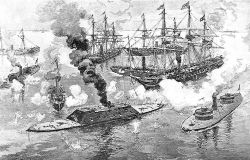
More About the CSS Tennessee
Tennessee became flagship of Admiral Buchanan, and served gallantly in action in the Battle of Mobile Bay on August 5, 1864. On that morning Tennessee and wooden gunboats CSS Gaines, CSS Morgan, and CSS Selma, steamed into combat against Admiral David G. Farragut's powerful fleet of four ironclad monitors and 14 wooden steamers. Unable to ram the Union ships because of their superior speed,[citation needed] Tennessee delivered a vigorous fire on the Federals at close range. The Confederate gunboats were sunk or dispersed. Farragut's fleet steamed up into the bay and anchored. Buchanan might have held Tennessee under the fort's protection but steamed after the Federal fleet and engaged despite overwhelming odds. The ram became the target for the entire Union fleet. Tennessee was rammed by several ships, and her vulnerable steering chains (which, oddly, lay in exposed trenches on the after deck) were carried away by the heavy gunfire. Unable to maneuver, Tennessee was battered repeatedly by heavy solid shot from her adversaries. With two of her men killed, Admiral Buchanan and eight others wounded, and increasingly severe damage being inflicted on her, Tennessee was forced to surrender.
CSS Virginia Limited Edition
CSS Virginia, Limited Edition
This is a full assembled ready for display museum quality replica of the CSS Virginia, formerly the USS Merrimack. This model is 34" long by 7" wide and 9" high, 1/96 scale. Built of high quality wood and brass detail parts. These museum-quality scale Civil War replicas of one of history's most famous warships produced as Limited Edition ironclad models of the famous CSS Virginia, are certain to enthrall even the most discriminating naval historian or Civil War buff.
See My Other Lenses about Civil War Ironclads
Civil War Ironclad Models
Great CSS Tennessee stuff from Amazon
Ironclad Down: USS Merrimack-CSS Virginia from Design to Destruction
Ironclad Down by Carl Park is the result of over fifteen years of research, This book is filled with detailed information about one of history's most famous vessels, the CSS Virginia. Carl Park spends time describing the incredibly interesting characters of the time, like John Mercer Brooke and John Porter, the designers of the CSS Virginia and Stephen Russell Mallory, Confederate Secretary of the Navy. Park describes the ship, how it was built and every detail you can think of.
Carl Park, a modeler with articles in Fine Scale Modeler originally intented to build an accurate model of the ship. He found out quickly that trying to reconciling the conflicting and incomplete information about the CSS Virginia stopped his plans. He never built the model. In its place he wrote Ironclad Down, a valuable addition to naval history.
CSS Richmond Civil War Ironclad
CSS Richmond, an ironclad ram, was built at Gosport (Norfolk) Navy Yard to the design of John L. Porter with money and scrap iron collected by the citizens o...
CSS GEORGIA | US Civil War Ironclad
CSS Georgia, also known as State of Georgia and Ladies Ram, was an ironclad floating battery built at Savannah, Georgia in 1862-1863. Placed under command of...
CSS ALBEMARLE | Ironclad of The Roanoke | US Civil War Armorclad
CSS Albemarle was an ironclad ram of the Confederate Navy named for a town and a sound in North Carolina and a county in Virginia. All three locations were n...
CSS MANASSAS | US Civil War Ironclad
CSS Manassas, formerly the steam propeller Enoch Train, was built at Medford, Massachusetts, by J. O. Curtis in 1855. A New Orleans commission merchant, Capt...
CSS Arkansas Civil War Ironclad
The CSS Arkansas was a Confederate Ironclad warship during the American Civil War. Serving in the Western Theater, the vessel helped repulse a U.S. Navy flee...
Affiliate Disclosure
"Paperquest is a participant in the Amazon Services LLC Associates Program, an affiliate advertising program designed to provide a means for sites to earn advertising fees by advertising and linking to amazon.com."





